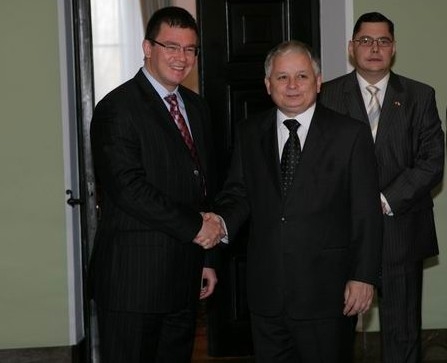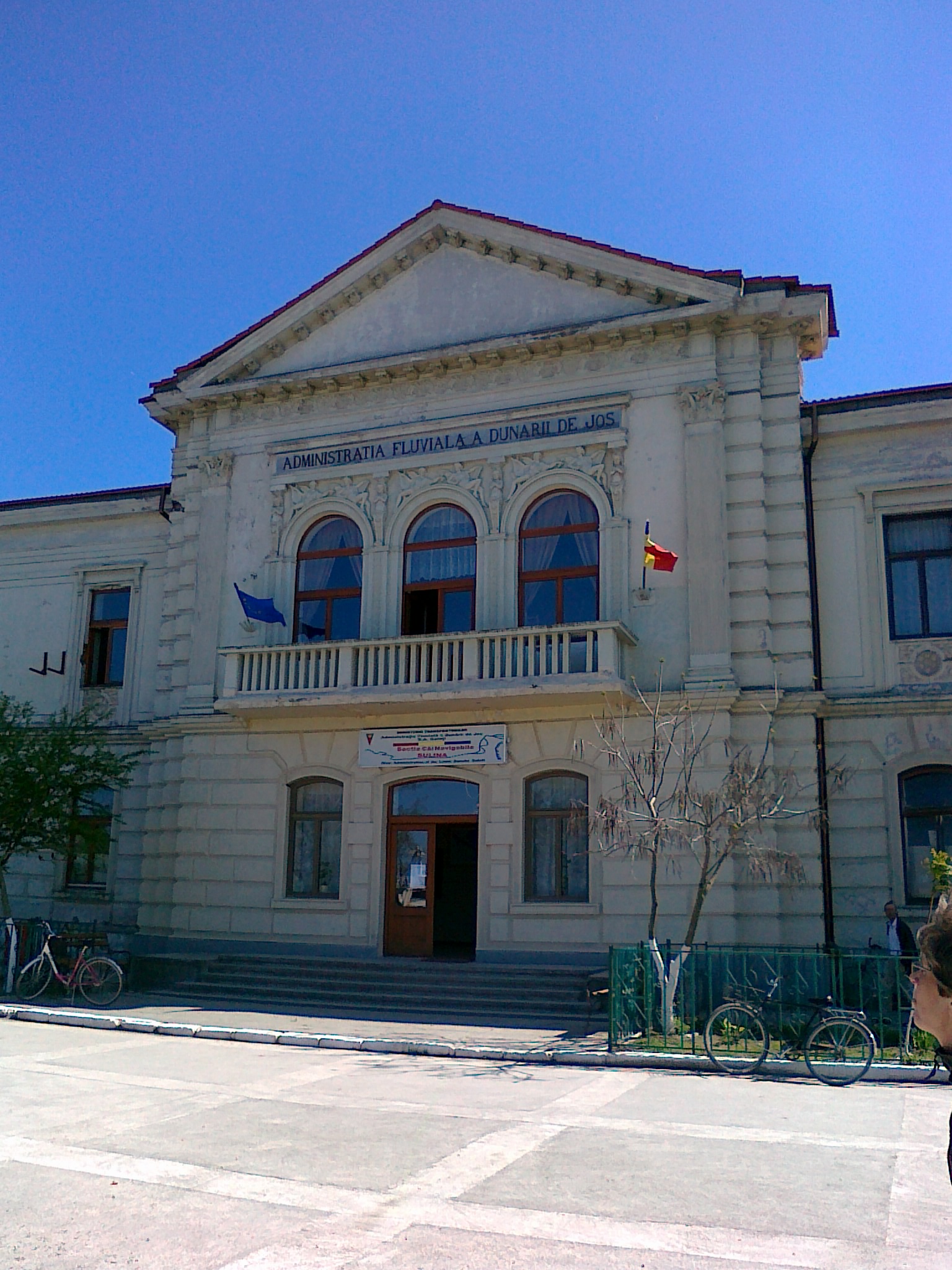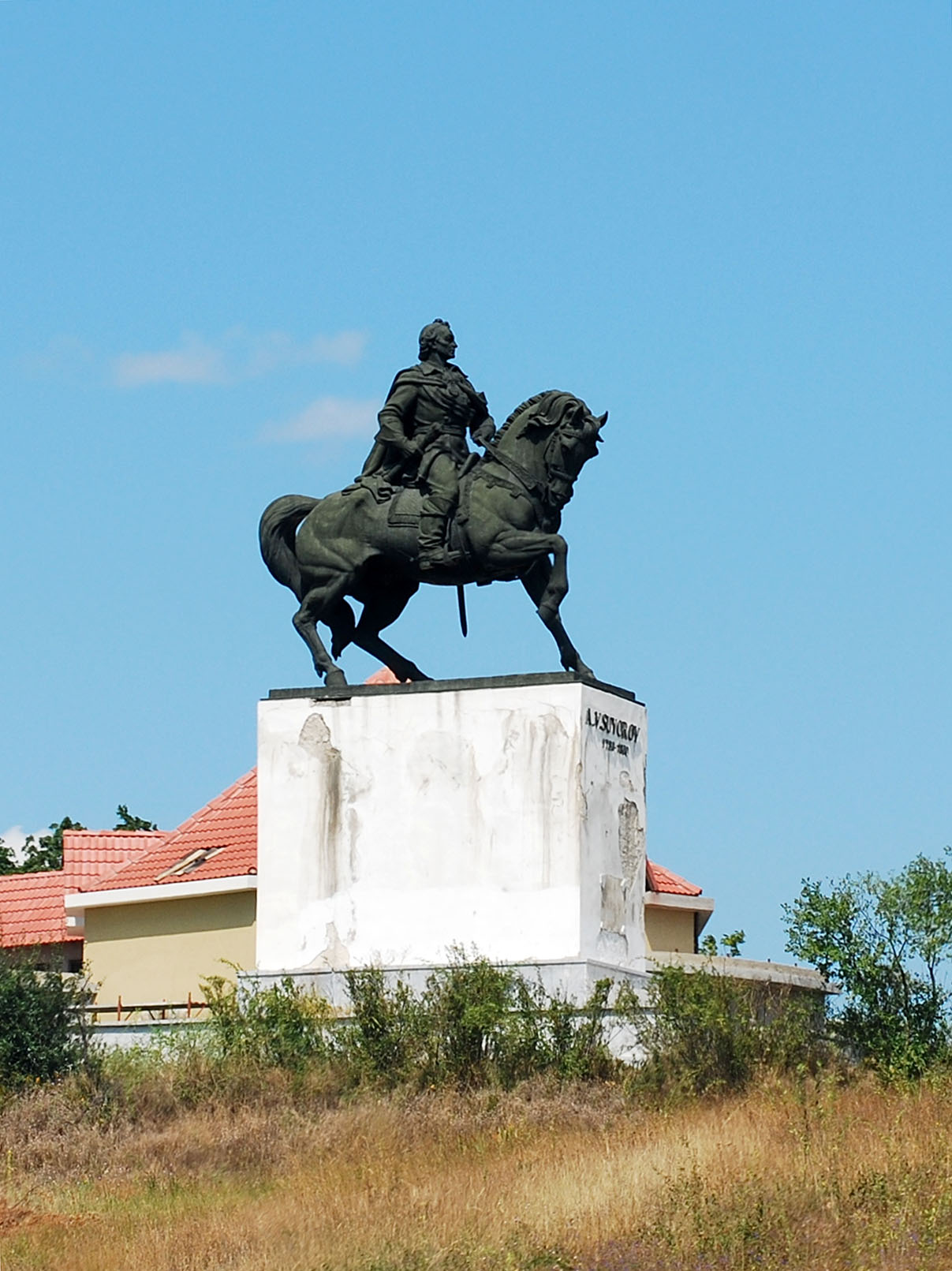|
2012 In Romania
Events from the year 2012 in Romania. Incumbents *President: Traian Băsescu *Prime Minister: Victor Ponta Events January *January 12: Protests against President Traian Băsescu and government begin with over 3,500 people attending the revolt in Bucharest and thousands others protesting in additional cities, like Timișoara, Cluj-Napoca, Constanța or Iași. Following these street demonstrations, over 60 people were injured and other 240 citizens were arrested by the Romanian Gendarmerie. *January 24: A violent blizzard ravages Romania, killing 86 people. The lowest temperature in recent decades, , was recorded this winter at Întorsura Buzăului, in Covasna County. February *February 6: Prime Minister Emil Boc resigned from office amid ongoing anti-austerity protests. Mihai Răzvan Ungureanu was given a mandate by President Traian Băsescu to form a new government. He will have to pass his formed cabinet through the vote of the Parliament or else he must return the manda ... [...More Info...] [...Related Items...] OR: [Wikipedia] [Google] [Baidu] |
Romania
Romania ( ; ro, România ) is a country located at the crossroads of Central, Eastern, and Southeastern Europe. It borders Bulgaria to the south, Ukraine to the north, Hungary to the west, Serbia to the southwest, Moldova to the east, and the Black Sea to the southeast. It has a predominantly temperate-continental climate, and an area of , with a population of around 19 million. Romania is the twelfth-largest country in Europe and the sixth-most populous member state of the European Union. Its capital and largest city is Bucharest, followed by Iași, Cluj-Napoca, Timișoara, Constanța, Craiova, Brașov, and Galați. The Danube, Europe's second-longest river, rises in Germany's Black Forest and flows in a southeasterly direction for , before emptying into Romania's Danube Delta. The Carpathian Mountains, which cross Romania from the north to the southwest, include Moldoveanu Peak, at an altitude of . Settlement in what is now Romania began in the Lower Paleolithic, with ... [...More Info...] [...Related Items...] OR: [Wikipedia] [Google] [Baidu] |
Mihai Răzvan Ungureanu
Mihai Răzvan Ungureanu (; born 22 September 1968) is a Romanian historian, politician and former Prime Minister of Romania. He was the foreign minister of Romania from 28 December 2004 to 12 March 2007, and he was appointed as Director of the Foreign Intelligence Service later in 2007. Following the resignation of the Emil Boc government he was appointed Prime Minister serving through April 2012 when his cabinet was dismissed following a parliamentary vote of no-confidence. He was confirmed by the Parliament for a second term as Director of the Foreign Intelligence Service, after President Klaus Iohannis nominated him in June 2015 but he resigned in September 2016, citing health issues. Personal life Mihai Răzvan Ungureanu is married and has one son. He is fluent in three foreign languages (English, French, and German) and he also reads Hungarian. Education Ungureanu studied Maths and Physics at the Costache Negruzzi High School in Iași, where he graduated valedictorian in ... [...More Info...] [...Related Items...] OR: [Wikipedia] [Google] [Baidu] |
Mioveni
Mioveni () is a town in Argeș County, Romania, approximately 15 km (9 miles) north-east of Pitești. , it had a population of 31,998. The town administers four villages: Clucereasa, Colibași, Făgetu and Racovița. History It was first mentioned in a written record in 1485. It developed much in the 1970s after the construction of the Automobile Dacia manufacturing plant, inaugurated in 1968. There is also a Nuclear Research Institute, that builds components and materials for the Cernavodă Nuclear Power Plant, and a high security prison. It officially became a town in 1989, as a result of the Romanian rural systematization program. Prior to April 1989, when it was declared a town, the place was a commune under the name of ''Colibași''. In 1996, the historic name of Mioveni was revived, although the old village had been completely razed under the Communist regime in order to make way for new urban construction. [...More Info...] [...Related Items...] OR: [Wikipedia] [Google] [Baidu] |
Tulcea County
Tulcea County () is a county ( județ) of Romania, in the historical region Dobruja, with the capital city at Tulcea. It includes in its northeast corner the large and thinly-populated estuary of the Danube. Demographics In 2011, Tulcea County had a population of 201,462. The population density was 23.7/km², the lowest among the counties of Romania, due to the inclusion within the area of the lowly-populated Danube estuarial wetlands. * Romanians - 89.13% * Lipovans - 5.41% * Turks - 0.93% * Romani - 1.87% * Greeks - 0.65% In the Danube Delta there is an important community of Russians and Lipovans. In the south of the county there are communities of Turks. The region once was a centre of Islam in Romania. Geography The county has a total area of . The most significant feature of Tulcea County is the Danube Delta, which occupies about 1/3 of the entire surface and is located in the North-East side of the county. The Delta has three main branches: the Su ... [...More Info...] [...Related Items...] OR: [Wikipedia] [Google] [Baidu] |
Ostrov, Tulcea
Ostrov is a commune in Tulcea County, Northern Dobruja, Romania Romania ( ; ro, România ) is a country located at the crossroads of Central, Eastern, and Southeastern Europe. It borders Bulgaria to the south, Ukraine to the north, Hungary to the west, Serbia to the southwest, Moldova to the east, and .... It is composed of two villages, Ostrov and Piatra. References * Communes in Tulcea County Localities in Northern Dobruja {{Tulcea-geo-stub ... [...More Info...] [...Related Items...] OR: [Wikipedia] [Google] [Baidu] |
Vrancea County
Vrancea () is a county (județ) in Romania, with its seat at Focșani. It is mostly in the historical region of Moldavia but the southern part, below the Milcov River, is in Muntenia. Demographics In 2011, it had a population of 340,310 and a population density of . * Romanians – over 98% * Romani, others – 2% Geography Vrancea County's area is of . A curvedly shaped mountainous area, known in Romanian as the '' Carpații de Curbură'', lies in the western part of the county, at the Southern end of the Eastern Carpathians, with heights over . To the East, the heights decrease into hilly areas and the lower valley of the Siret River. The main tributary of the Siret, which crosses the county, is the Putna River. Seismic hazard The territory of Vrancea County is the most seismically active zone of Romania, with yearly earthquakes whose focal depths are between and therefore affect wide regions. The earthquakes with the epicenter in Vrancea are caused by the movem ... [...More Info...] [...Related Items...] OR: [Wikipedia] [Google] [Baidu] |
Spulber
Spulber is a commune located in Vrancea County, Romania. It is composed of seven villages: Carșochești-Corăbița, Morărești, Păvălari, Spulber, Tojanii de Jos, Tojanii de Sus and Țipău. These were part of Paltin Commune until 2005, when they were split off. Geographical positioning: The commune is situated along the river Zăbala, with some villages being spread on the surrounding hills and valleys. The Tojan mountain is situated on the eastern bank of the river, as well as the old local church. Spulber is situated on road DJ 205 D and has Nereju Nereju is a Commune in Romania, commune located in Vrancea County, Romania. It is composed of five villages: Brădăcești, Chiricani (or ''Chiricari''), Nereju, Nereju Mic and Sahastru. Nereju, Nereju Mic and Brădăcești lie along the Zăbala R ... to the south and Paltin to the north. The chief economic activity is agriculture, with fruit orchards, meadows and animal breeding as the main activities. References {{Vrancea ... [...More Info...] [...Related Items...] OR: [Wikipedia] [Google] [Baidu] |
Nereju
Nereju is a Commune in Romania, commune located in Vrancea County, Romania. It is composed of five villages: Brădăcești, Chiricani (or ''Chiricari''), Nereju, Nereju Mic and Sahastru. Nereju, Nereju Mic and Brădăcești lie along the Zăbala River (Putna), Zăbala River, while Chiricani and Sahastru are situated on the surrounding hills and valleys. History 2020 Earthquake On January 31, 2020, a magnitude 4.8 earthquake struck 5 kilometers WNW of the town. The official time of the earthquake was 01:26:47 (UTC). Economy Main economic activities are in the wood industry (the surrounding hills are rich in coniferous forests), mountainous ecological agriculture, mountainous tourism, folk arts and traditions. Tourism Main touristic sights are: *Lacul Negru - a natural lake, with an area of 1 hectare, depth 10m, and situated at an altitude of 1350m *Mountainous areas Dealul Negru (Black Hill) and Lapoș, at an altitude of 1400m *Căldările Zăbalei (Zăbala's Buckets) - a pro ... [...More Info...] [...Related Items...] OR: [Wikipedia] [Google] [Baidu] |
Prahova County
Prahova County () is a county (județ) of Romania, in the historical region Muntenia, with the capital city at Ploiești. Demographics In 2011, it had a population of 762,886 and the population density was 161/km². It is Romania's third most populated county (after the Municipality of Bucharest and Iași County), having a population density double that of the country's mean. * Romanians - 97.74% * Romas and others - 2.26% The county received an inflow of population who have moved here due to the industrial development. Geography This county has a total area of 4,716 km². The relief is split in approximately equal parts between the mountains, the hills and the plain. In the North side there are mountains from the southern end of the Eastern Carpathians - the Curvature Carpathians group; and the Bucegi Mountains the Eastern end of the Southern Carpathians group. The two groups are separated by the Prahova River Valley. The south side of the county is a plain ... [...More Info...] [...Related Items...] OR: [Wikipedia] [Google] [Baidu] |
Ploiești
Ploiești ( , , ), formerly spelled Ploești, is a city and county seat in Prahova County, Romania. Part of the historical region of Muntenia, it is located north of Bucharest. The area of Ploiești is around , and it borders the Blejoi commune in the north, Bărcănești and Brazi communes in the south, Târgșoru Vechi commune in the west, and Bucov and Berceni communes in the east. According to the 2011 Romanian census, there were 201,226 people living within the city limits, making it the ninth most populous in the country. The city grew beginning with the 17th century on an estate bought by Michael the Brave from the local landlords, gradually taking the place of the nearby Wallachian fairs of Târgșor, Gherghița and Bucov. Its evolution was accelerated by heavy industrialisation, with the world's first systematic petroleum refinery being opened in 1856–1857. Following massive exploitation of the oil deposits in the area, Ploiești earned the nickname of "the Capi ... [...More Info...] [...Related Items...] OR: [Wikipedia] [Google] [Baidu] |
Petrobrazi Refinery
Petrobrazi Refinery is one of the largest Romanian refineries and one of the largest in Eastern Europe, located in Ploieşti, Prahova County having as a main activity the processing of Romanian oil but also has a separate unit specialised in processing chemical products. The refinery had two processing modules with a nominal capacity of 3.5 million tonnes/year each and a total capacity of 7 million tonnes/year. Now only one of the two modules is operational and has a capacity of 4.1 million tonnes/year or , 1 million tonnes larger due to an investment program from 1999 - 2000. The facility is connected by pipeline to virtually all of the oil fields in Romania by an extensive pipe network and to the Port of Constanţa by a pipeline with a capacity of 10,000 tonnes/day. History Petrobrazi was founded in 1934 in a strategic industrial zone of located in Southern Romania near Ploieşti. The first oil processing capacity was established in 1934 and had a processing capacity of 30 ... [...More Info...] [...Related Items...] OR: [Wikipedia] [Google] [Baidu] |
Ministry Of Administration And Interior (Romania)
The Ministry of Internal Affairs of Romania ( ro, Ministerul Afacerilor Interne) is one of the eighteen ministries of the Government of Romania. From 23 August 1944 to 18 March 1975 the ministry held the title of ''Minister of Internal Affairs'', between 2004 and 2007, held the title of ''Minister of Administration and Interior'', and since April 2007, ''Minister of Interior and Administrative Reform''. In December 2008, the Boc government changed the name back to ''Ministry of Administration and Interior''. Until 2006, the ministry was housed near Lipscani in ''Palatul Vama Poştei'', built between 1914 and 1926 according to the architect Statie Ciortan's plans. In 2006 the ministry moved into the former building of the Senate on Revolution Square. Subordinated structures * Romanian Police * Romanian Inspectorate for Emergency Situations * Romanian Border Police * Romanian Gendarmerie * Romanian National Archives * General Directorate for Intelligence and Internal Securi ... [...More Info...] [...Related Items...] OR: [Wikipedia] [Google] [Baidu] |






